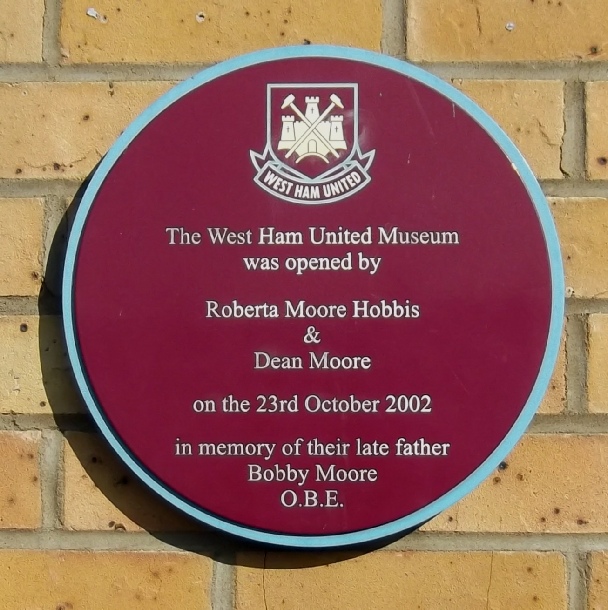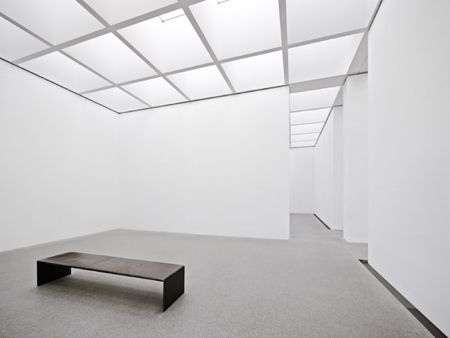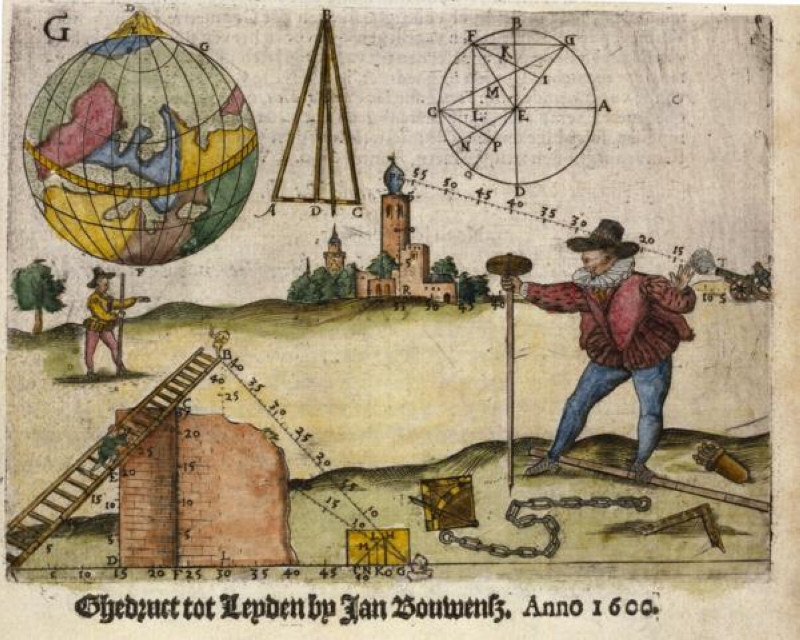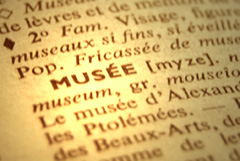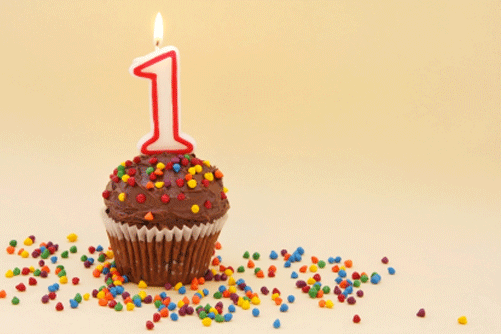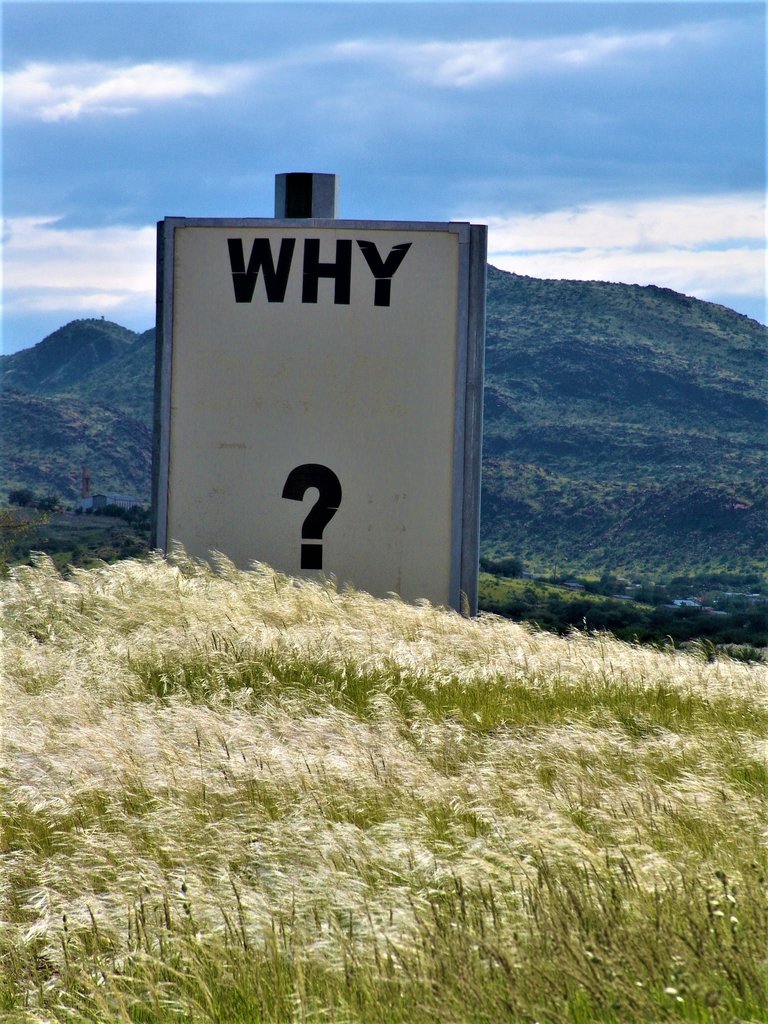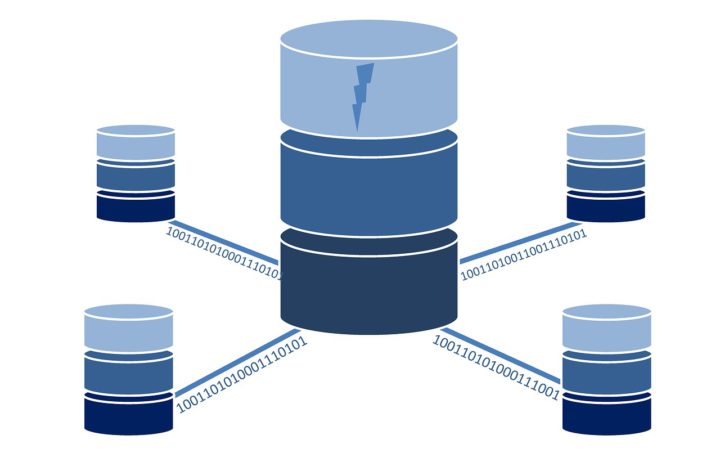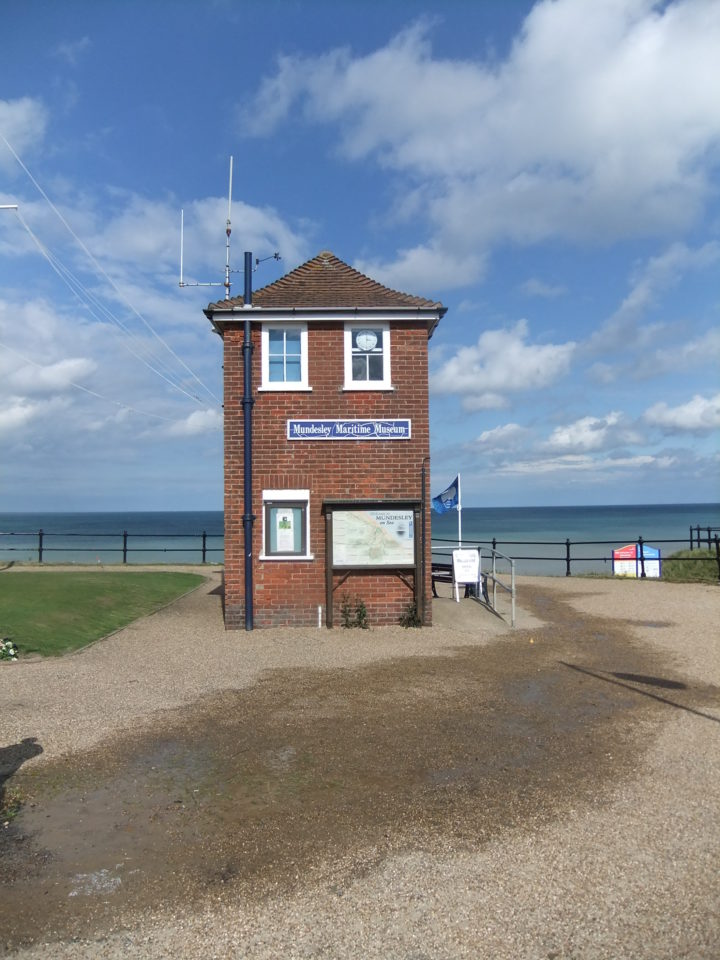Jamie Larkin
An area that initially passed us by on the Mapping Museums project was the prevalence of sports museums. While we recorded the more obvious, high-profile venues such as the MCC Museum and National Football Museum, we were unaware of the increasing numbers of club museums. This growth has occurred across team sports, such as rugby and cricket, but is particularly evident at football clubs. The development has not been prompted by clubs’ newfound interest in preserving their heritage – after all, there have always been trophy rooms to display cups and medals – but in opening up those collections to their supporters and the wider public. This seems to have begun with the introduction of stadium tours in the late 1990s/early 2000s, as part of an effort by clubs to market themselves as venues for more than a couple of 90 minutes matches each week. As such initiatives have taken off, club museums have increasingly become attractions in their own right. Indeed, interest in club history can be gauged in part by the success of exhibitions hosted in local museums, of which there have been innumerable in recent years. Exhibitions like that at the Dorman Museum in 2012, which celebrated the 25th anniversary of the ‘rebirth’ of Middlesbrough Football Club, are testament to the depth of local attachment to their teams; a feeling that clubs may well seek to tap into to develop a more expansive museum offer moving forwards.
Further, there is now greater awareness of the importance of this history across the museums sector, with the recent launch of Sporting Heritage, a project in some ways similar to our work, which maps various sporting collections held in museums throughout the UK. Hopefully, their work will act as a focal point to help support the growth and development of these emerging sporting attractions.
Below we have compiled our own list of (mainly Premier League) football clubs that have museums – either their own or supporter run – and those with plans to develop them. If we have missed any club museums, however small, please do let us know via twitter @museumsmapping or in the comments below!
Arsenal FC
Arsenal Museum
Brighton and Hove Albion FC
Club museum opened in 2014
Burnley FC
Supporter run online museum
Celtic FC
Museum as part of stadium tour
Charlton Athletic FC
Museum established in 2014
Chelsea FC
Stadium Tour and Museum
Crystal Palace FC
Plans for a museum in forthcoming stadium redevelopment. Some club artefacts on display in the Crystal Palace Museum.
Hull City AFC
Online museum run by supporters
Leeds United FC
Museum is planned
Manchester City FC
Small museum exhibition included in Stadium Tour
Manchester United FC
Stadium Tour and Museum
Liverpool FC
The Liverpool FC Story – interactive museum
Newcastle United FC
Small museum exhibition included in Stadium Tour. Recent record-breaking exhibition of club history at the City’s Discovery Museum.
Sheffield United FC
Memorabilia of world’s oldest football club on display in ‘Legends of the Lane’ Museum
Tottenham Hotspur FC
Club stadium currently under redevelopment and upon re-opening will include a museum space
Watford FC
No known museum but memorabilia on display in Watford Museum
West Ham United FC
Club did have a museum that was opened in 2002, but current status unknown following recent stadium move
Wolverhampton Wanderers FC
Museum established in 2014
Copyright Jamie Larkin, January 2018
